I hear all the time that wine is “intimidating”. People know they like wine, but don’t understand the complexities behind the “tasting notes” and “aromas”. Essentially, they don’t understand how to enjoy the fully sensory experience of wine. Instead, they prefer to choose a wine based on a familiar varietal or price point, and that’s okay!
On the other end of the spectrum, sommeliers use fancy words like “terroir”, “minerality”, and “viscosity” to describe wine, without much of an explanation for what those wine terms really mean. Wine scholars and somms often spend years of their lives training their taste buds to recognize these components of wine, making any understanding of the matter feel out of reach to the amateur wine lover.
Then, there is the population of wine drinkers that I think lie somewhere in the middle of this spectrum. These are the individuals who care about what is in their glass beyond just a label. They may be interested to know what region it came from, the general flavor profile, or maybe some pairing suggestions for how to serve the wine with food.
There are tons of in-depth resources out there that will dig into any one of these topics. I’ve delved into a few of them myself over the years to learn more, but not everyone has the time or interest in doing that. So, I thought I would take some time to pull together 10 wine terms for the amateur wine lover. Knowing these 10 definitions will help in your own understanding of wine, and will make you seem like a pro the next time you whip one out at a dinner party!
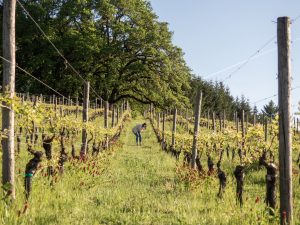
Dictionary for the Amateur Wine Lover
AVA
Stands for American Viticultural Area, and is the formal way of recognizing wine-growing areas in the United States. There can be several AVAs hosted within one region (see definition below). Napa Valley alone has 16 AVAs! Many wine labels will showcase their AVA and/or region so the consumer knows exactly where the grapes were grown.

Body
You’ll often hear people talk elusively about full-bodied wines and light-bodied wines and everything in between. Really what they’re getting at is the “texture” of the wine, which is sort of difficult to comprehend since all wine is liquid…but bear with me for a minute. Certain wines, like Cabernet Sauvignon and Zinfindel will often leave your mouth fully coated with wine after only a sip or two. It seems to linger there, clinging to your taste buds and cheeks. That’s a sign of a full-bodied wine. On the other hand, a lighter bodied red wine like Pinot Noir can be just as flavorful and enjoyable, but doesn’t feel quite as “thick” as you drink it. That’s a sign of a lighter-bodied wine. Start paying attention to the texture of the wine as you drink it, and you’ll soon be able to start differentiating where each wine stands on the spectrum of “body”!
Legs
Picture it: you do a fancy swirl of the wine in your glass like you see on TV…it goes around and around and once you stop, the wine slowly runs down the inside of your glass back into a steady pool. If you’re using a clean glass, you may see what looks to be little clear “runs” of wine on the inside of your glass, similar to a run of paint. Those are called legs! The thicker and slower the legs in your glass, the higher the percentage of alcohol in your wine. Try to spot the legs next time you drink a Cab Sauv, Zinfindel, or Syrah. These fuller-bodied, higher alcohol wines often have great legs on your glass.

Minerality
I’ll admit, this is another elusive wine term advertised in tastings, but very few wine drinkers understand (or know how to define) minerality. I’ll at least share how I’ve come to understand it over the years. The minerality of wine can be both a flavor and a sensation in a wine. It points to flavors that come from the soil and are absorbed by the grape. In other words, flavors that we are not used to experiencing (unless you tend to eat dirt…and then we should probably talk). Minerality can present as anything from savory and earthy while the wine is in your mouth, to a vaguely metallic aftertaste once you swallow the sip. Next time you’re wine tasting and can’t seem to identify the flavor, consider whether you might actually be experiencing the minerality of the wine!
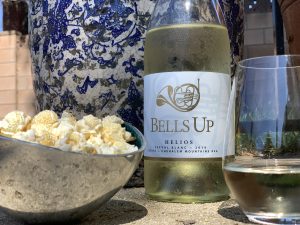
Oaky
I’m sure we’ve all heard a wine described as “oaky”. It is often used as a prefix to the word “Chardonnay”. Wine tends to showcase flavors of oak wood (hence the “oaky” description) when it is aged for a period of time in oak barrels. There are all sorts of techniques for barrel aging, and the number of times the barrel has been used for aging wine will ultimately impact the amount of oak flavor that the wine adopts. Some people love an oaky wine, while others prefer the more subtle benefits of barrel aging (one of them is neutralizing tannins). Wine makers get creative with their barrel aging process by subtly manipulating the flavor of their wine with the wood. Unfortunately, due to the complexity of barrel aging wine, many big wine producers will now take a shortcut in their wine making process and will instead add oak wood chips to large quantities of wine in order to achieve an oaky flavor, rather than relying on the barrel aging process to do the work.
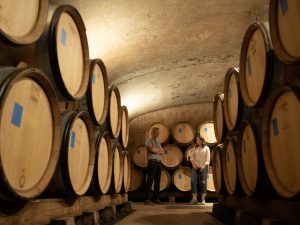
Region
Wine regions are geographically oriented. However, they are not always tied to state or country borders. Some wine regions transcend borders, such as the Alsace region that spans parts of both France and Germany. Within wine regions, there are often several AVAs. Read your next wine label to see if you can use the regional or AVA designation to understand exactly where your wine is coming from.
Tannin
Have you ever taken a sip of red wine and been left with a bitter, almost gritty texture in your mouth? That’s because of tannins! Tannins come from the skin of a grape and can add a lot of structure and flavor to a wine. They are most commonly found in full-bodied red wines, although some lighter-bodied reds can showcase tannic qualities as well. Some people appreciate tannins, while others prefer something smoother. I personally see tannins as an acquired taste. Aeration can help soften the tannins of a wine if that’s your preference, so consider investing in a decanter or mini aerator for that purpose.
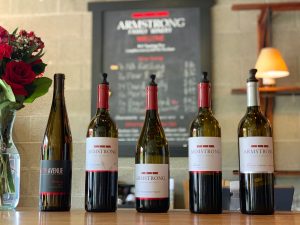
Terroir
Refers to the unique flavor of the wine as a result of its unique location and growing environment. This includes things such as soil type, elevation, and overall climate. Theoretically, a genetically identical grapevine grown in two separate parts of the world, in different soils, with different climates, would have different flavors as a result of those combined factors. This is why a Cab from California tastes so different than a Cab from France. Expert wine tasters can identify a type of wine or the region it comes from based on terroir alone.
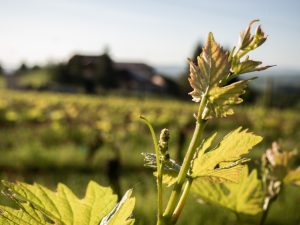
Varietal
The type of grape that makes the wine. Examples include Chardonnay, Merlot, Syrah or Grenache. Some varietals have different names in different countries (e.g Syrah in North America vs. Shiraz in Australia and New Zealand). Wines labeled as a “blend” contain several different varietals mixed together. Wines labeled as a single varietal can still have more than one type of grape in the blend, but have to abide by regulations dictating what percentage of the wine must be the single varietal on the label (in the United States, a wine only needs to contain 80% of a varietal in order to have that on the label).
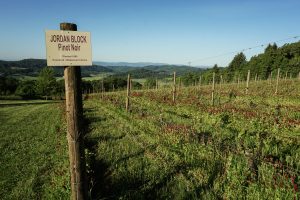
Vintage
Vintage refers to the year that the grapes were harvested. There is usually a 1-2 year delay between the harvest date and when the bottle is ready to be sold. Depending on the climate during the growing season, vintages of the same wine can taste drastically different from year to year. Wine also continues to age while in the bottle, which is why older vintages (10+ years) tend to have more of a tawny color to them. The flavor of some wines improve as they age, while others are best enjoyed young.
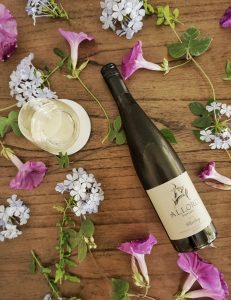
There you have it—10 wine terms the help you take your wine knowledge to the next level. Want to see more definitions like these? Let me know what wine terms puzzle you in the comments below!

Great article, thanks. Glad to see your posts again, Always an enjoyable and educational read
Excellent article. Should be in a magazine!